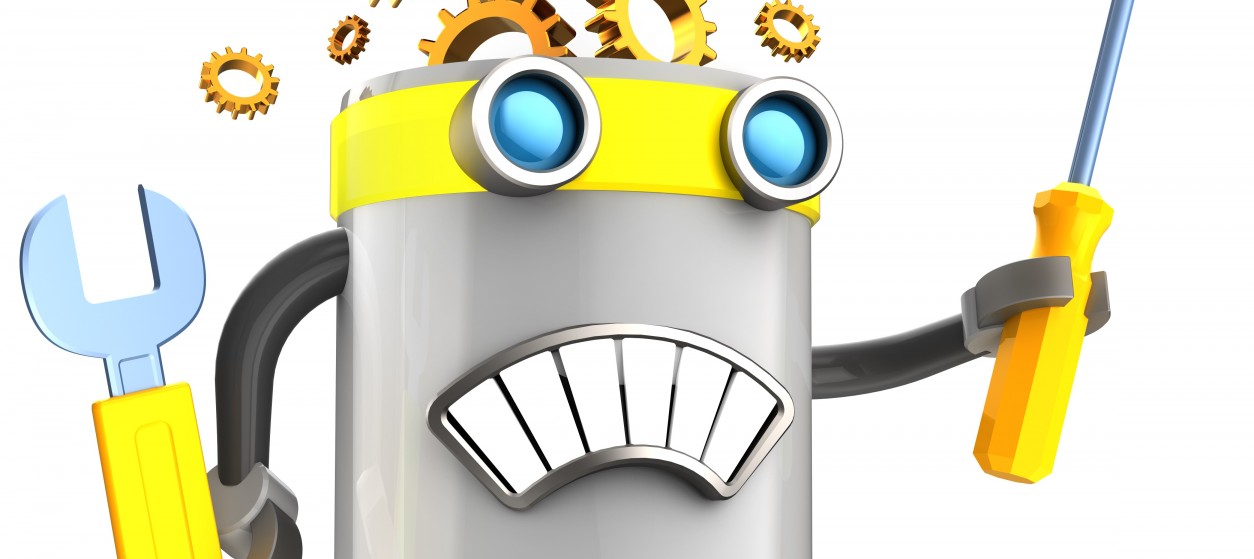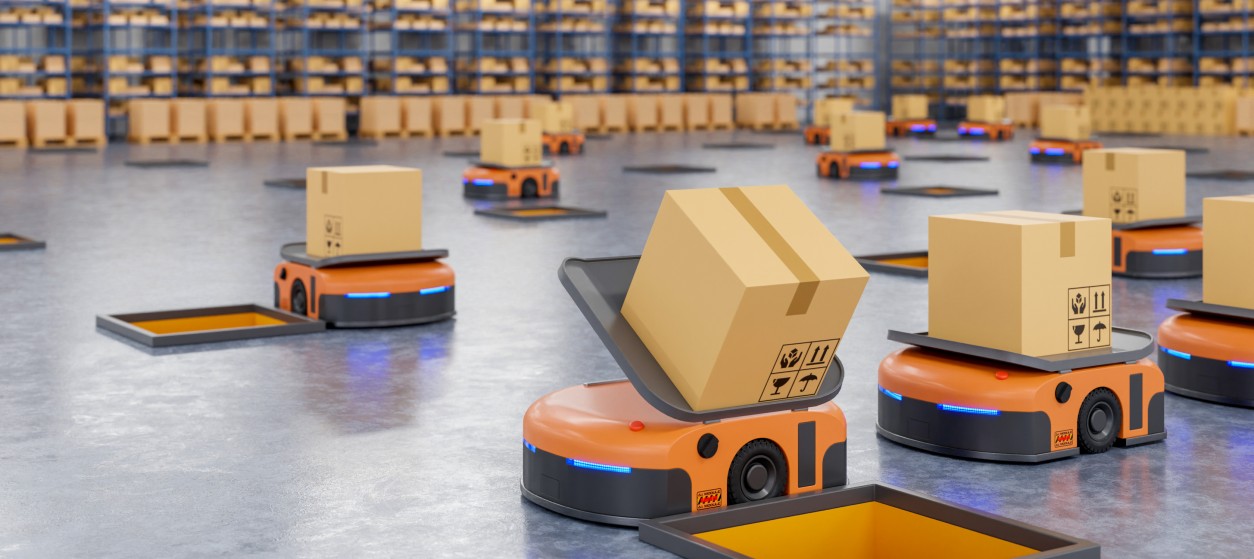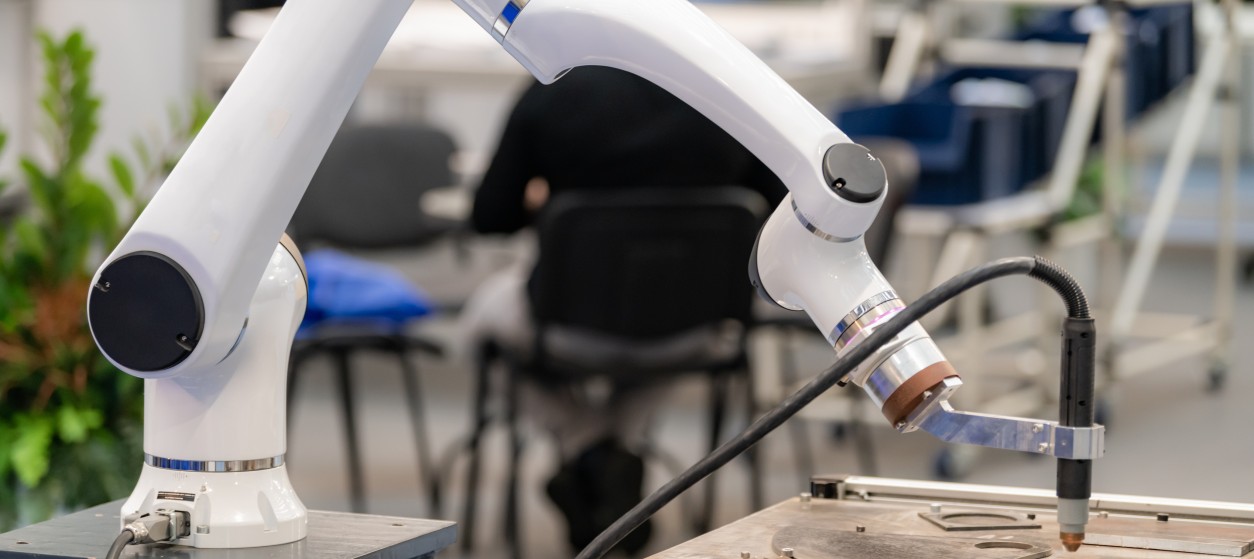Industrial organizations are heavily investing in machinery as one of the main assets that drives their production capabilities. Indeed, in industries like manufacturing and energy having the right equipment can provide enterprises with a competitive edge that sets them apart from competitors. This is the reason why investments in machines and equipment are of among the most important ones for industrial enterprises, while being significant entries in an enterprise’s balance sheet. At the same time, companies are also spending significant amounts of money on Maintenance and Repair Operations (MRO), which aim at ensuring that expensive equipment and other assets function properly. MRO investments are also costly and usually associated with trade-offs, given that the cost of repair operations can in several cases lead to replacing the equipment with new machinery.
When replacing older equipment with new one, companies engage in significant capital investments with an expectation of amortizing them and yielding a positive ROI (Return On Investment). New equipment comes in most cases with a host of advanced features that provide opportunities for improved production processes. Nevertheless, early replacement of equipment can also lead to poor utilization of previous capital investments. This is especially true when equipment needs to be replaced due to malfunctions in specific parts of it, rather than as a result of becoming obsolete. In such cases, industrial enterprises are offered with an alternative and less costly option, which is called equipment “refurbishment” or “remanufacturing”.
Introducing Remanufacturing and its Benefits
Remanufacturing refers to the process of rebuilding equipment in-line with the specifications of the original product, with a view to reverting its functionality to its original state. The remanufacturing process is based on reused, repaired or even entirely new parts. It involves a thorough evaluation of the older equipment towards identifying the worn out and obsolete components that will be replaced. Remanufacturing is usually accompanied by a warranty, which certifies that the refurbished equipment performs as good as the original one.
The remanufacturing process is in most cases challenging and therefore carried out by experienced teams. As part of a remanufacturing process, the original piece of equipment is dismantled and some of its components are restored, repaired or replaced. Following the repair and/or replacement of selected components, thorough testing must be carried out as a means of ensuring that the remanufactured product adheres to the functional specifications of the original.
Customers view a refurbished product as being the same to their original product. This is reflected in the warranty, but also in specialized benchmarks that are aimed at proving that the refurbished product meets the performance specifications of the original.
Remanufacturing is a compelling alternative to replacing a failing product, as it leads to the following benefits:
- Lower prices and cost savings: Remanufactured products come at significantly lower prices than new ones. It is estimated that the cost of a remanufactured product is 60-80% of the cost of a new product. Such cost savings stem from the fact that refurbishment allows for the recovery of the materials and of the energy content of the product. Overall, a remanufacturing process yields financial benefits for the customer and the equipment vendor at the same time.
- Shorter Lead Times and Higher Availability: In many cases, remanufactured products can become available in shorter timescales than the time required for the procurement of the new equipment. This is particularly true for products that are manufactured overseas. Short lead times reduce downtime and can increase overall productivity.
- Support for equipment that is no longer manufactured: Sometimes there is no way to replace existing equipment with equivalent new equipment. This is the case when the vendor has creased manufacturing of a particular model or version of the equipment. In such cases, remanufacturing is the only solution for maintaining the status quo of the production environment i.e. minimizing disruptions to existing production processes.
- Flexibility in procurement: Remanufacturing is a powerful option in the arsenal of the equipment vendor, since it provides one more way of addressing the customer following the initial purchase. In particular, equipment vendors are increasingly interested in offering their customers with a variety of options for operating and maintaining their equipment. These options include leasing, take-back, upgrading, supply-and-operate and remanufacturing, while entailing both licensing and pay-per-use models. As a result, refurbishment increases the spectrum of after sales options that are offered to customers when trying to balance capital investments with operational costs such as MRO.
The above-listed advantages of refurbishment explain why most equipment vendors have established refurbishment centers, which complement their conventional production facilities where the original versions of the equipment are produced. Within these centers, specialized teams focus on executing repair and replacement works based on very high quality standards.
Refurbish the Right Equipment at the Right Time
Despite the benefits of refurbishment, it is not always the best option. There are many cases when purchasing new equipment is preferred over remanufacturing. For example, for companies that can afford such a capital intensive investment, new equipment can provide more functionalities and better performance, learning to opportunities for improved production processes. As already outlined, enterprises need to consider the trade-offs that are associated with refurbishing or entirely replacing existing equipment.
In taking such decisions, enterprises are nowadays offered with powerful tools for collecting, managing and analyzing digital data about the equipment and its parts. In particular, modern machines tend to have several sensors (e.g., vibration, temperature and acoustic sensors), which permit the collection of large amounts of digital data from the equipment and its parts. These data can be combined with information residing in Business Information Systems (e.g., Enterprise Resource Planning and Warehouse Management Systems) in order to derive detailed information about the current status of the equipment and its parts. Moreover, using advanced analytics (e.g., predictive analytics algorithms) it is also possible to predict and anticipate the remaining useful life of the equipment, as a means of gaining insights on which parts have to be replaced or repaired. With this information at hand, it is possible to carry out detailed, factual, data-driven techno-economic analysis, as a means of comparing refurbishment scenarios to purchasing ones.
Overall, refurbishment can deliver a host of benefits to industrial organizations, especially when it is well planned and performed for the right equipment at the right time. Modern equipment provides the means of collecting digital data about the status and the end of life of the equipment, which gives rise to credible and factual analysis about the potential techno-economic benefits of the remanufacturing process. However, the final decision lies always within the business management of the organization, which is likely to consider additional factors (e.g., opportunity cost, capital availability, liquidity) over the above-listed techno-economic parameters. Next time you are thinking of replacing your machinery, it’s a good idea to consider the remanufacturing option as well.










